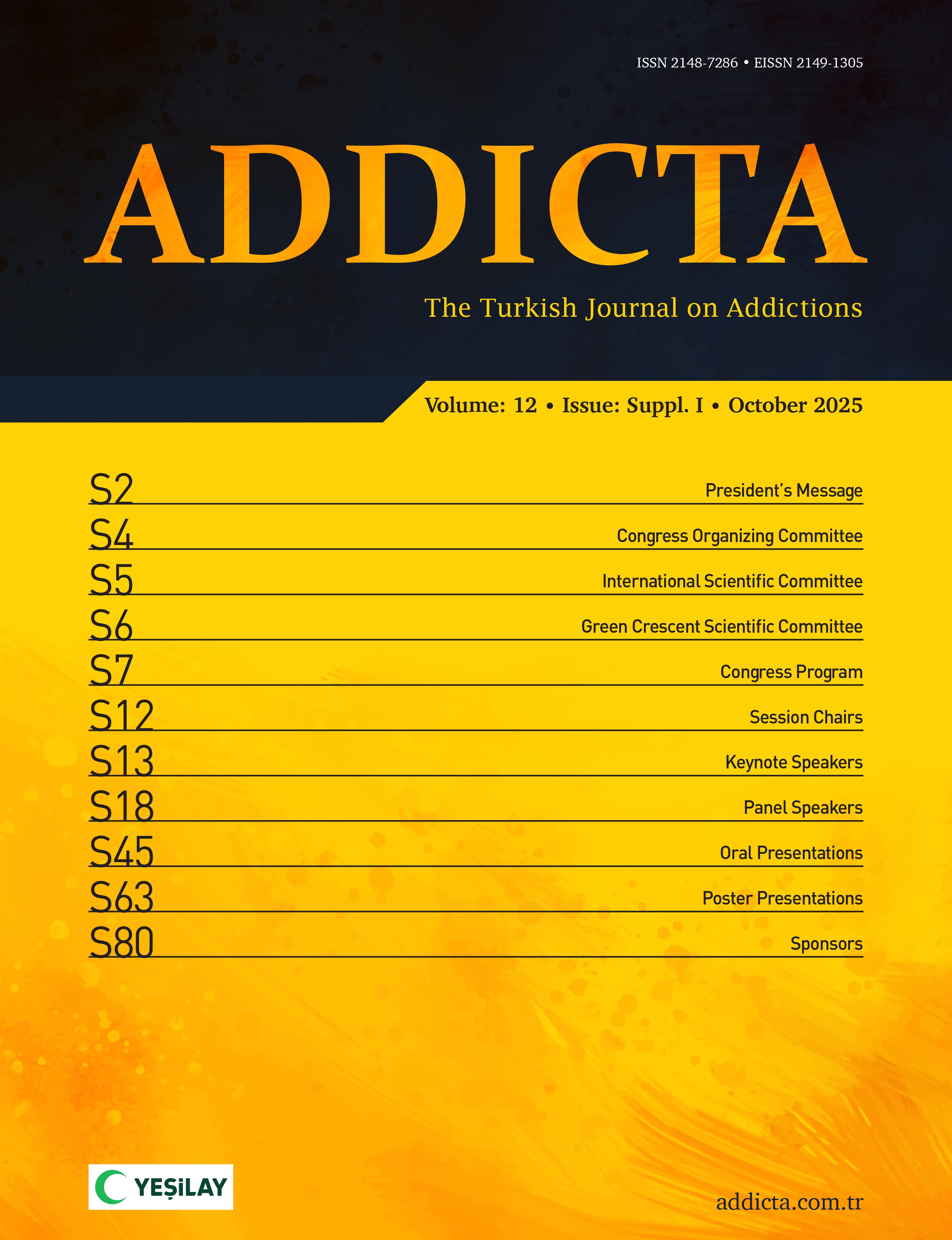Descriptions of prevention as primary or secondary, or universal, selective and indicated, set out the different forms that drug misuse prevention can take. However, these classifications are limited, as they do not consider how prevention interventions work. For example, the function of some prevention programmes is to improve the developmental trajectory of young people through the enhancement of social competence and social skills. In this paper I set out a framework for describing prevention that brings together both form and function into a novel prevention taxonomy. It is argued that a re-appraisal of mainstream prevention theories leads to a prediction of the relative effectiveness of functional types of prevention. This prediction specifies that environmental prevention is generally more effective than developmental prevention, which in turn is generally more effective than informational prevention. The main advantage of this new taxonomy is that a matrix combining the form and function dimensions of prevention can be used to: identify and map out prevention strategies, consider where research evidence is present and where more is needed, and evaluate the relative effectiveness of different categories and components of prevention for specific health and social issues. Such evaluations would provide empirical evidence as to whether the different categories of prevention are related to outcomes or processes of prevention in ways that suggest the value of the taxonomy for understanding and increasing the impact of prevention science.

.png)


.png)
.png)